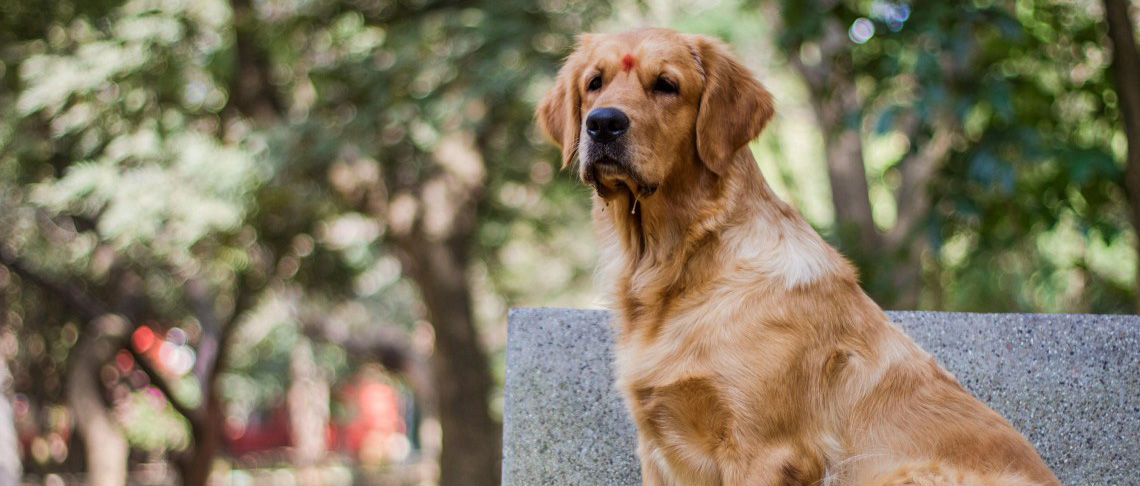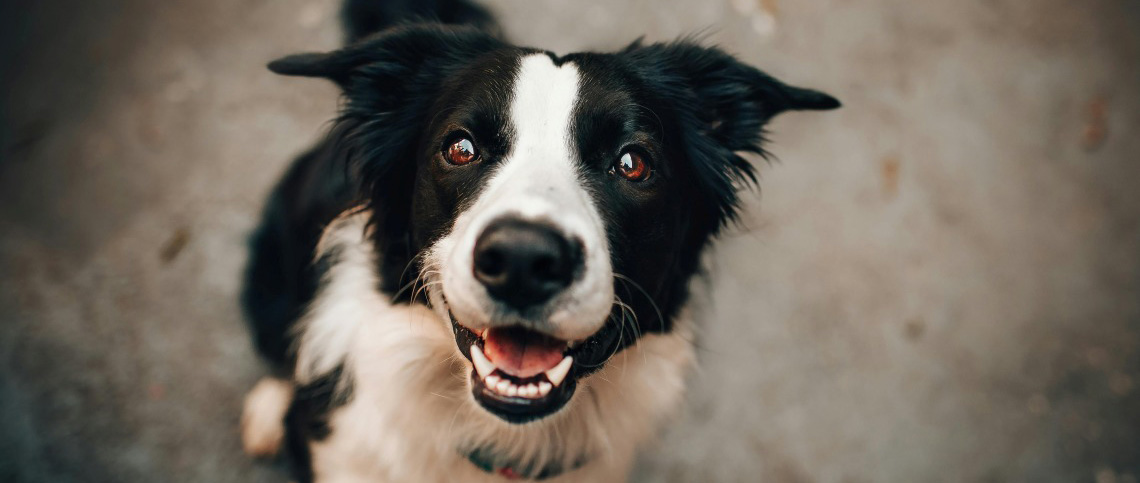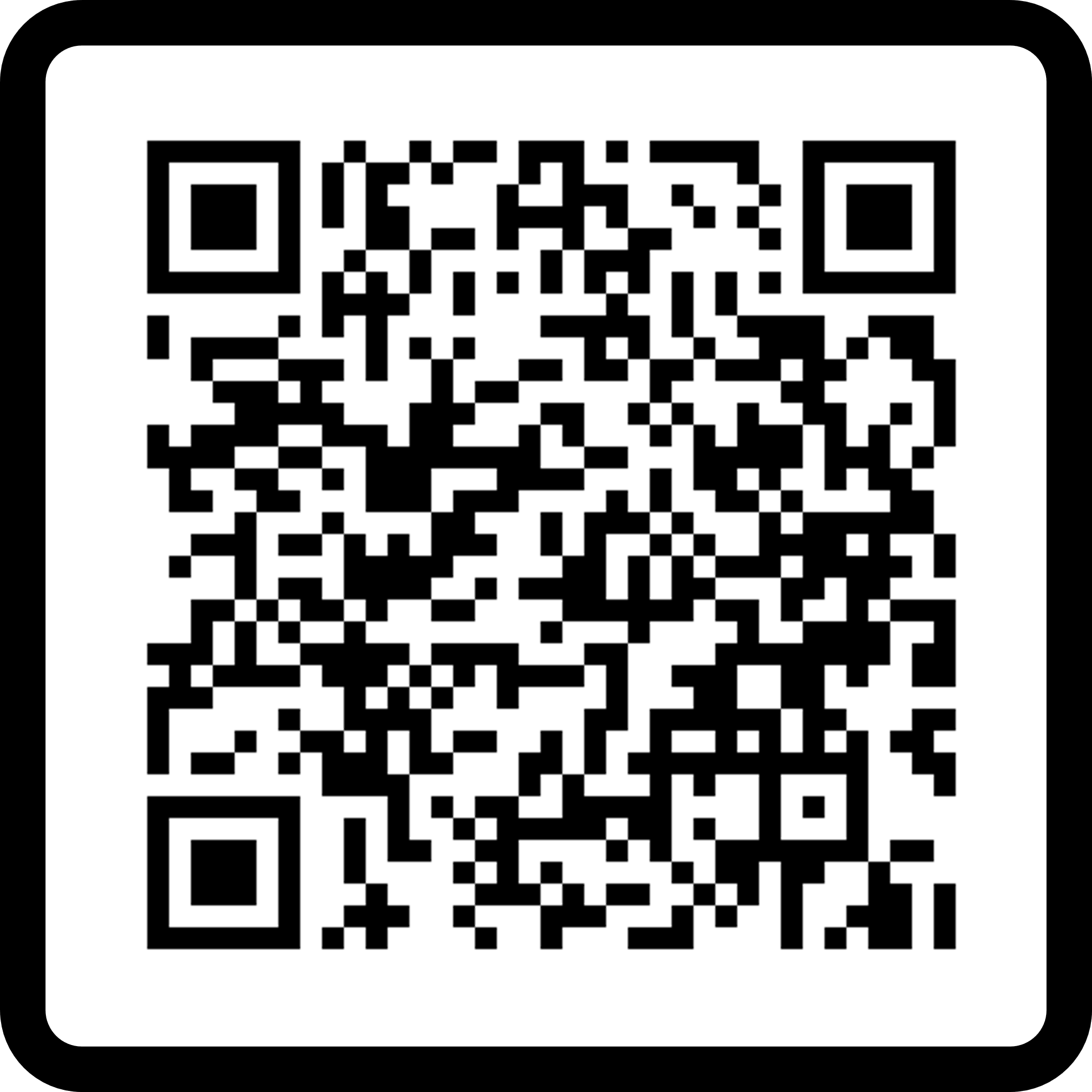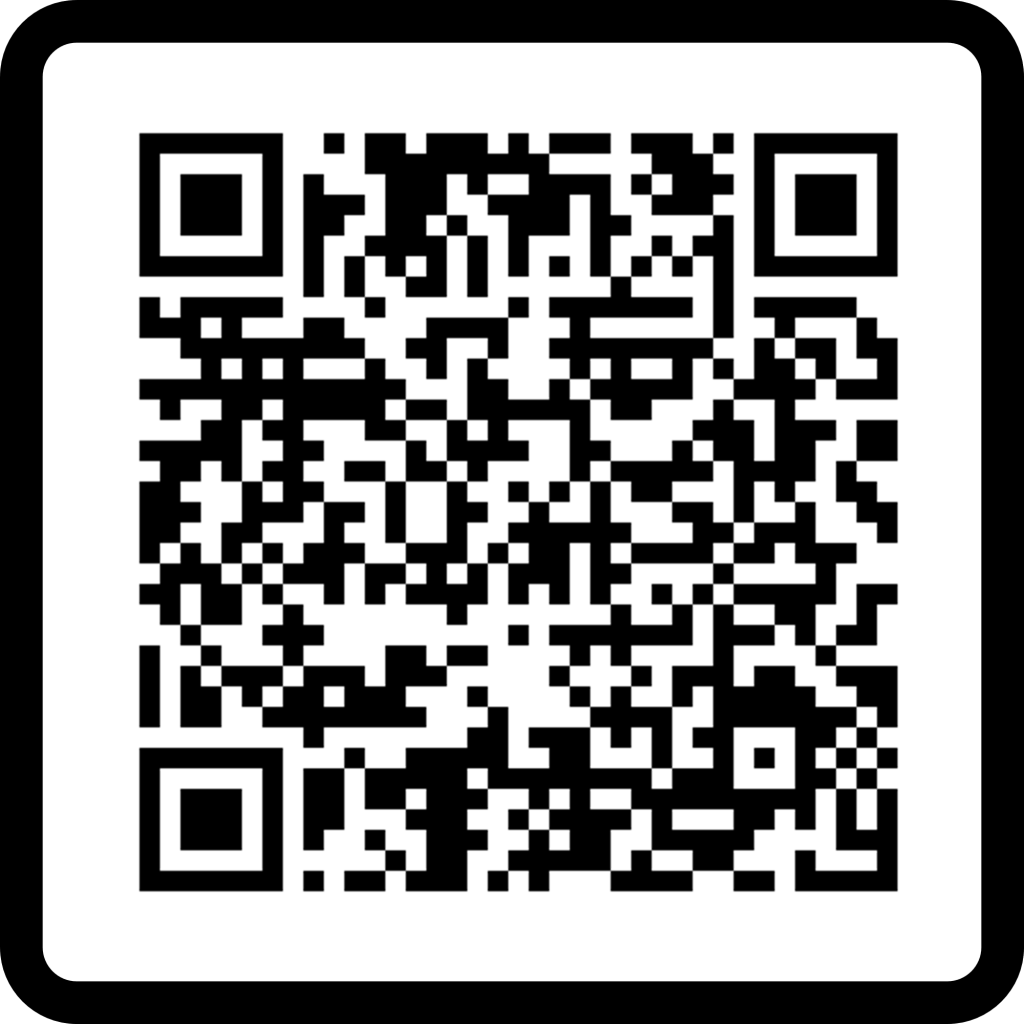When a dog sticks its tongue out and lets it hang, it usually means they’re happy or busy sniffing around. However, if a dog keeps its tongue hanging out for extended periods, it could indicate that they’re stressed and need some space. Some health issues, such as dental disease or hanging tongue syndrome, may cause a dog’s tongue to hang out permanently. Additionally, not all dogs lick their tongues in the same way, so it’s important to observe other aspects of their body language to better understand what the tongue movement might be conveying.







